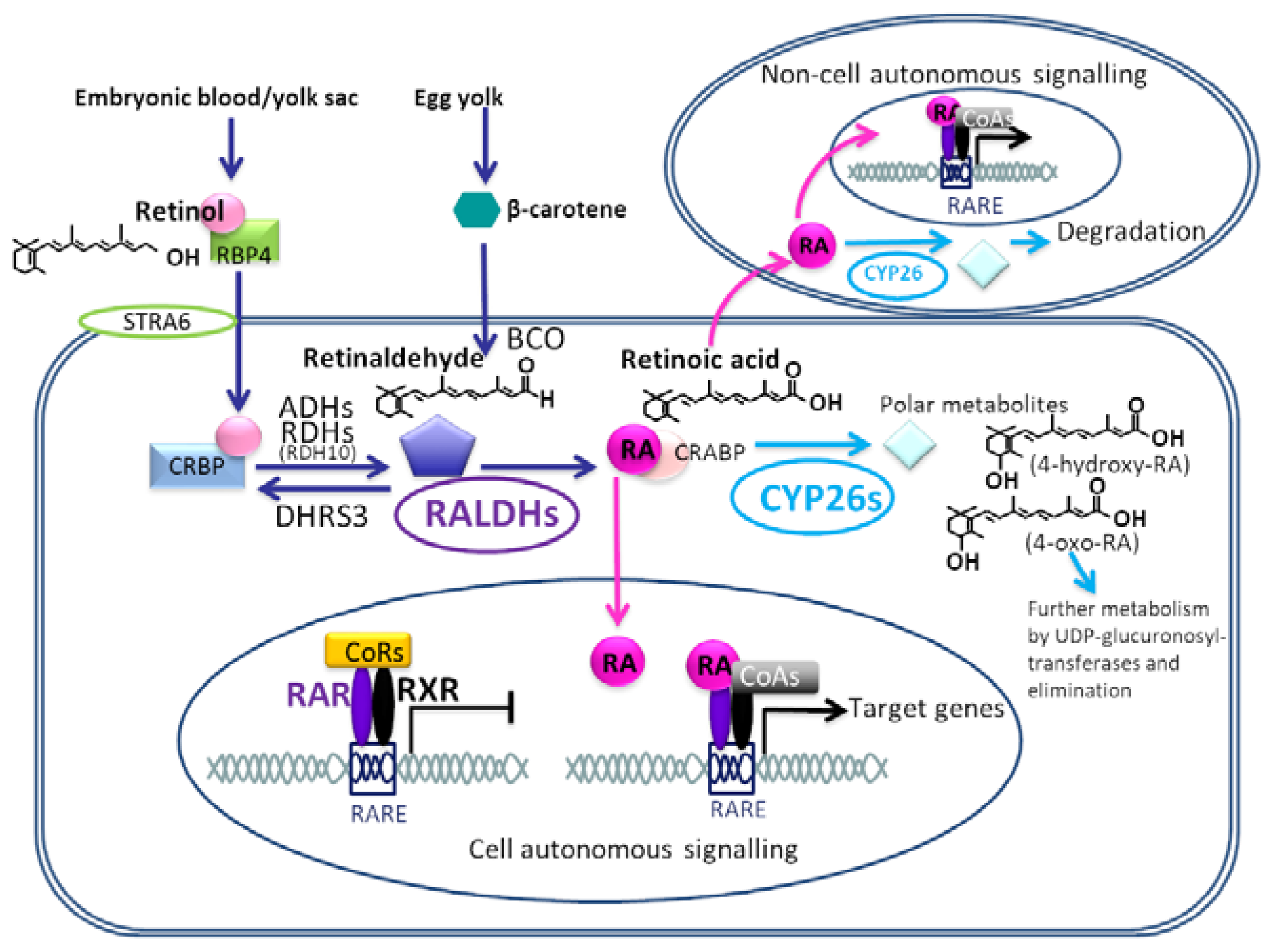
El p cancer for cure rar 320 area skin#
Taking into account the growing number of obese individuals all over the world and unquestionable participation of adiposity in many pathological processes, it could be presumed that the increase in body fat along with enhanced leptin secretion results in the disruption of normal processes in the skin in the majority of patients. According to recent studies, leptin may influence skin pathophysiology and, consequently, might have an impact on skin diseases and systemic autoimmune disorders. However, the role of leptin in the pathogenesis of skin diseases with the particular concern of psoriasis is still investigated.

Amongst these dermatological diseases, there are psoriasis, lichen planus, connective tissue diseases, bullous diseases, vitiligo, and chronic urticaria. It has been widely suggested that many skin diseases are associated with metabolic disturbances including metabolic syndrome and obesity. Due to a wide distribution of leptin receptors (LepRs), leptin possesses pleiotropic functions including stimulation of angiogenesis, modulation of the hormonal system, and augmentation of production of pro-inflammatory cytokines. It is believed that leptin is the main regulator of food intake, body mass, and metabolism. The peripheral leptin level is highly correlated with total fat mass and body mass index (BMI). Leptin is a 16-kDa protein, a product of the obese (ob) gene located on chromosome 7q31.3, and is synthesized and secreted by white adipose tissue.

Many studies have shown the role of adipokines in energy homeostasis, metabolism, endocrine and immunological activity, and, recently, also dermatological diseases. Adipose tissue is energy storage and is also considered as the endocrine organ that can produce and secrete hormones and cytokines, named adipokines. It’s an indisputable fact that the prevalence of obesity in modern society has risen significantly in the last two decades leading to an increased number of obesity-related pathological conditions. Herein, we present the current knowledge concerning the role of leptin in psoriasis and selected skin diseases. However, the exact mechanism of leptin’s impact on the skin is still under investigation. The previous studies revealed the role of leptin in wound healing, hair cycle, and pathogenesis of skin diseases like psoriasis, lupus erythematosus, and skin cancers. It has been reported that enhanced leptin levels, leptin receptor impairment, and dysfunction of leptin signaling can influence skin and hair. In a course of obesity, an increased serum level of leptin coexists with tissue receptor resistance. This adipokine acts by activating intracellular signaling cascades such as JAKs (Janus kinases), STATs (signal transducers and activators of transcription), and others.

The various types of leptin activity are related to the wide distribution of leptin receptors. Leptin possesses pleiotropic functions including, among others, stimulation of angiogenesis and production of proinflammatory cytokines. It is mainly synthesized by adipocytes of white adipose tissue. Leptin is an adipokine, adipocyte-derived compound, which acts both as a hormone and cytokine.


 0 kommentar(er)
0 kommentar(er)
